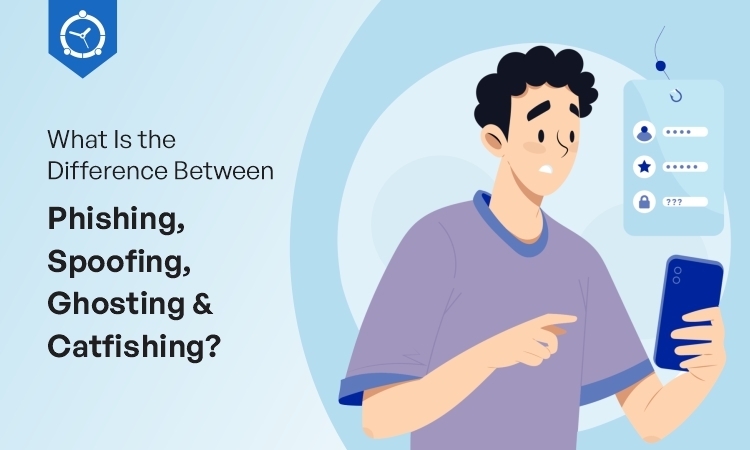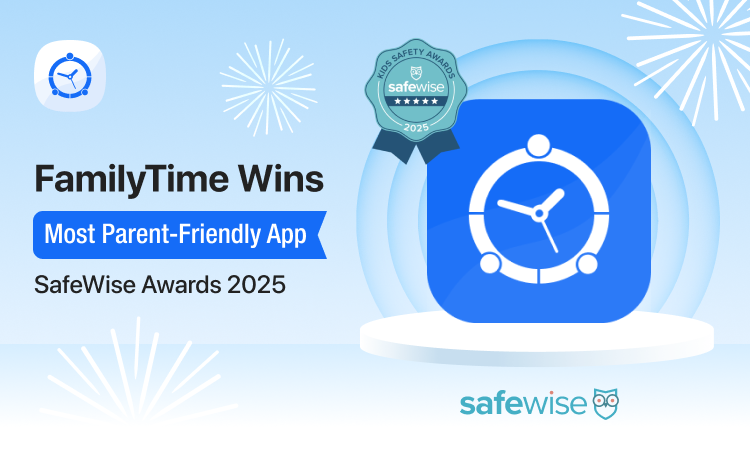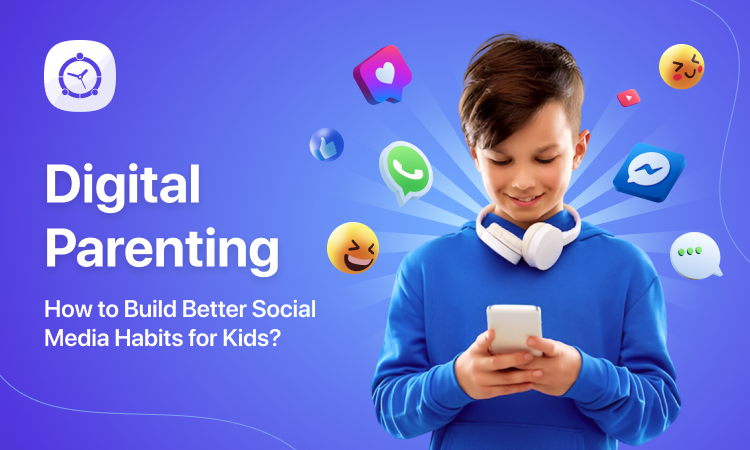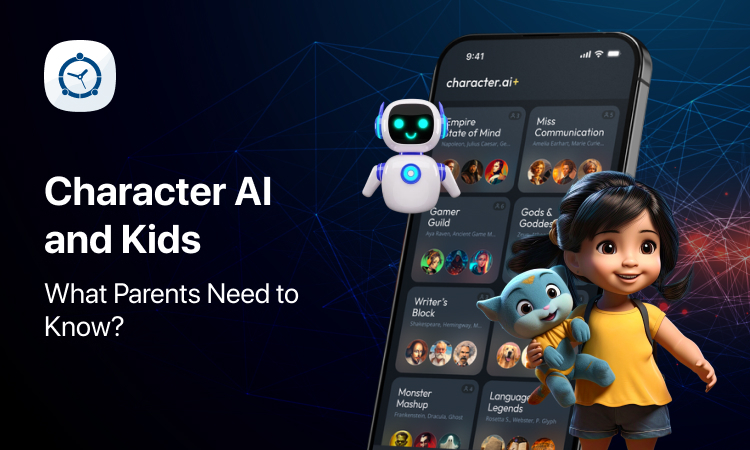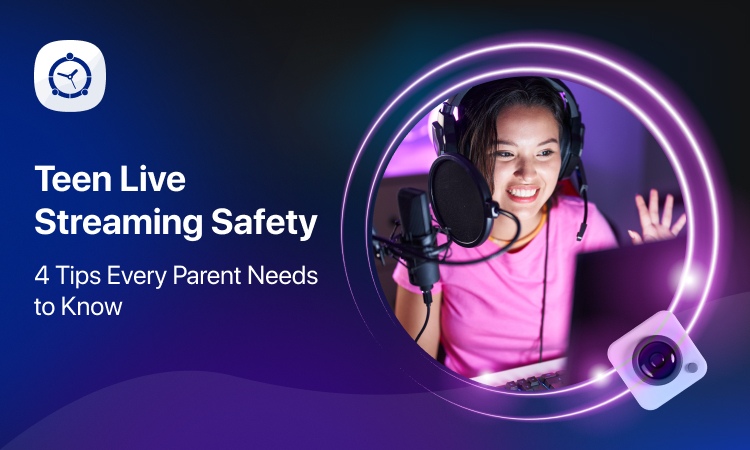In the current digital era, it is more crucial than ever to teach yourself and your kids how to recognize the numerous kinds of online scams. Phishing, spoofing, ghosting, and catfishing are four popular scam types.
In this post, we’ll explain the differences between phishing, spoofing, ghosting, and catfishing and provide you with the knowledge you need to safeguard your family’s safety online and educate your children on these frauds. Read on!
Phishing
Phishing is a type of online scam where a cybercriminal poses as a legitimate entity or organization, such as a bank or government agency, and tries to obtain sensitive information from the victim. The type of information they collect includes personal information such as passwords, credit card numbers, etc.
Phishing attacks frequently take the form of emails or websites that appear authentic but are not. Once the victims’ information is entered, the cybercriminal can use it to get access to their accounts, steal their identities, or even conduct fraud.
Spoofing
Spoofing, like phishing, includes the creation of a false identity or website. However, the cybercriminal is not always attempting to steal personal information when spoofing. Instead, they are aiming to fool the victim into believing that the forged identity is genuine.
A cybercriminal, for example, may fake an email address and pretend to be from a reputable source, such as a friend or family member, to fool the victim into clicking on a link or supplying information.
Ghosting
Ghosting is a relatively new type of online deceit that involves the establishment of a fictitious internet profile in order to fool or manipulate someone into believing they are conversing with a genuine person.
The term “ghosting” refers to the fact that the person behind the bogus profile is effectively a ghost because they do not exist. Ghosting can be employed for a variety of reasons, including cyberbullying, retaliation, or fraud.
Catfishing
Catfishing, like ghosting, includes the establishment of a false online persona. However, with catfishing, the person behind the bogus profile is actively engaging with the victim, frequently in a romantic or emotional context. Catfishing can be used to obtain money or personal information, or it can simply be used to deceive and manipulate the victim for personal advantage.
Now that we have defined the differences between phishing, spoofing, ghosting, and Now that the differences between phishing, spoofing, ghosting, and catfishing have been clarified, the question of how to educate your children or teenagers about these scams so they do not fall for them still needs to be answered. Here are some pointers that may be useful to you. They are as follows:
Tips To Talk to Your Kids and Teens About These Scams
It’s important to educate your children about these scams such as phishing, spoofing, ghosting, and catfishing, and how to spot them, as they are often targeted by cybercriminals.
Explain the Basics
Start by explaining the basics of each type of scam and how they work. Give your child real-world examples to help him or her understand better.
Teach Them to be Skeptical
Encourage your child to be skeptical of any communication they receive from someone they don’t know. Teach them to question whether the email or message is legitimate before responding or clicking on any links.
Show Them How to Check for Authenticity
Teach your child how to check for the authenticity of emails and websites. For example, they should look for a padlock icon in the browser address bar to indicate that the website is secure.
Discuss the Risks of Sharing Personal Information
Discuss the risks of sharing personal information online with your child. teach them to be cautious about what they share and with whom.
Discuss the Importance of Reporting
Finally, emphasize the importance of reporting any suspicious activity to a trusted adult or authority figure. It can help prevent other people from falling victim to the same fraud.
With all these measures, you can also use parental control apps like FamilyTime to ensure your kids’ 100% online safety with a single click. FamilyTime is one of the best parental control apps to monitor kids’ online activities. With the app in hand, you can check the sites your kid’s access and the pages they visit. Not only that, FamilyTime can help you block certain websites and topics on your kids’ devices with efficient internet filtering. So now, apply all the above-given tips and ensure your kids’ safety. If you wish to try the FamilyTime app for free, download it today from the app store on your phone or simply hit the buttons given

